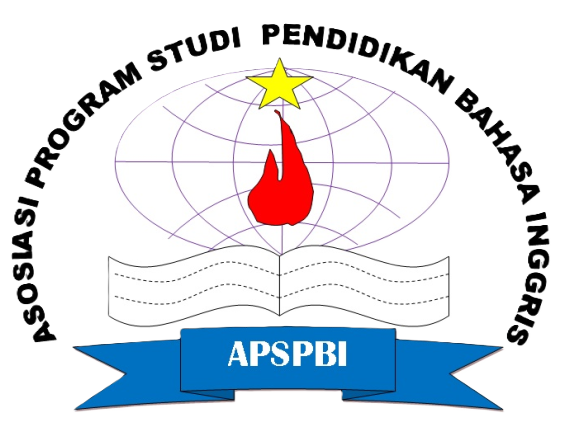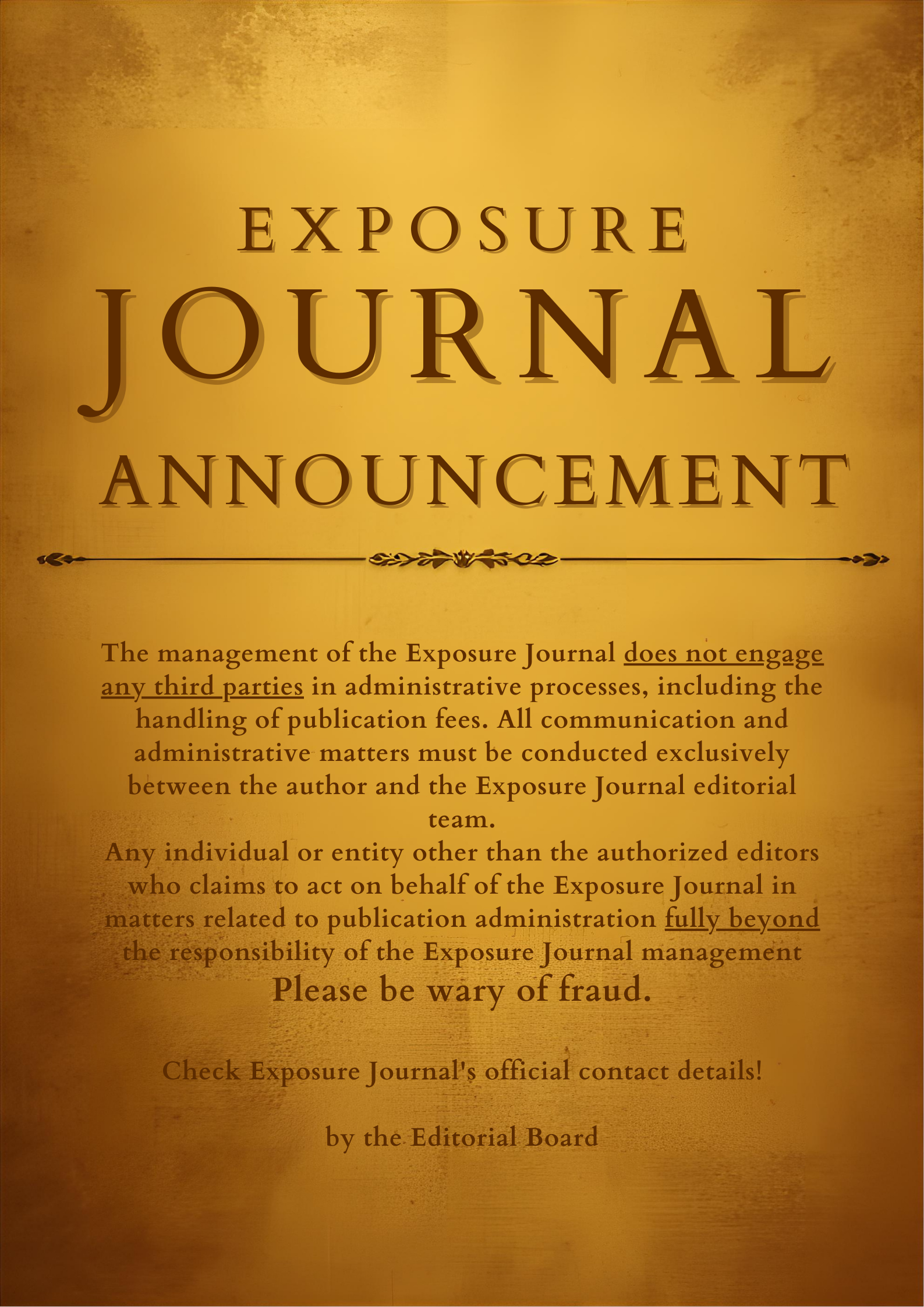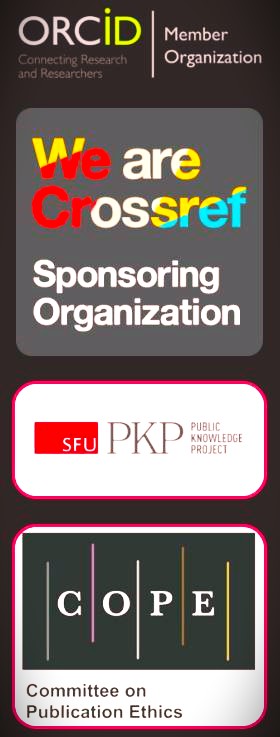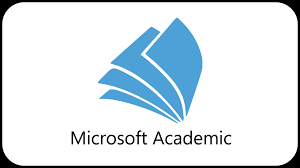TEACHER TALK AND INSTRUCTIONAL LANGUAGE CHOICE: TWO PROBLEMS ENCOUNTERED IN EFL CLASSROOM
DOI: https://doi.org/10.26618/exposure.v7i2.1581
Teacher Talk, Foreign Language Acquisition, Literature Review, Monolingual Approach, Bilingual Approach
Abstract
When we agree with the internalization of a foreign language acquisition centered in the classroom, teacher talk plays the most important role to achieve the success of teaching and learning. However, a high intensity of teacher talk and the hesitation of instructional language choice become two common problems are usually faced. Therefore, it seems important to present a variety of literature reviews to be considered by teachers which may be used as the reference to solve the problem. This study presented the concept of teacher talk at classroom interaction, monolingual and bilingual approach in EFL classroom and some previous research findings “the rationales for supporting bilingual approach” which were gained from some articles. This study suggests that teachers have to control the quantity and quality of their talk to gain an effective teaching and learning process in the EFL classroom. It is more advantageous to reduce Teacher Talk Time and increase Student Talk Time based on the students’ need because too much teacher talk will have an impact on decreased student learning motivation. When teaching EFL students, it will be helpful for overcoming cognitive difficulties if teachers insert mother tongue for the certain condition such as to translate difficult words from reading the text and to explain grammar. However, the teachers have to keep a principled and judicious use of mother tongue because a very high proportion of it also limits the students’ achievement. If the students are exposed more to the second language, they will become more successful
References
Cai, G., & Cook, G. (2015). Extensive Own-Language Use: A Case Study of Tertiary English Language Teaching in China. Classroom Discourse, 6(3), 242-266.
İnceçay, G. (2010). The role of teacher talk in young learners’ language process. Procedia-Social and Behavioral Sciences, 2(2), 277-281. DOI:10.1016/j.sbspro.2010.03.010
Jenkins, J. (2012). English as a Lingua Franca from the Classroom to the Classroom. Elt Journal, 66(4), 486-494. DOI:10.1093/elt/ccs040
Kayaoğlu, M. N. (2012). The Use of Mother Tongue in Foreign Language Teaching from Teachers’ Practice and Perspective. Pamukkale Üniversitesi Eğitim Fakültesi Dergisi, 32(2), 25-35.
Khati, A. R. (2011). When and Why of Mother Tongue Use in English Classrooms. Journal Of Nepal English Language Teachers’ Association, 16(1-2), 42-51.
Lo, Y. Y. (2015). How Much L1 is too Much? Teachers' Language Use in Response to Students’ Abilities and Classroom Interaction in Content and Language Integrated Learning. International Journal of Bilingual Education and Bilingualism, 18(3), 270-288.
Ma, L. P. F. (2016). Examining the Functions of L1 Use Through Teacher and Student Interactions in an Adult Migrant English Classroom. International Journal Of Bilingual Education And Bilingualism, 1-16.
Maftoon, P., & Shakouri, N. (2012). The Concept of Power in Teacher Talk: A Critical Discourse Analysis. World Applied Sciences Journal, 19(8), 1208-1215
Mahmoudi, L., & Amirkhiz, S. (2011). The Use of Persian in ihe EFl Classroom – The Case of English Teaching and Learning at Pre-University Level in Iran. English Language Teaching, 4(1), 135-140.
Mahmutoğlu, H., & Kıcır, Z. (2013). The Use Of Mother Tongue in EFL Classrooms. Laü Sosyal Bilimler Dergisi, 4(1), 49-72.
Matsumoto, H. (2010). Students’ Perceptions about Teacher Talk in Japanese-as-a-Second-Language Classes. The Arizona Working Papers in Second Language Acquisition and Teaching, 17, 53-74.
Mokhtar, M. M. (2015). Lecturers' and Students' Beliefs in Code-Switching: A Malaysian Polytechnic Context. Teflin Journal, 26(1), 85-96.
Myojin, C. (2007). The Effect of Teacher Talk in EFL Classrooms: The Nonuse Or Use of Learners' L1 by an Instructor. k@ta lama, 9(1), 1-18.
Paker, T., & Karaağaç, Ö. (2015). The Use and Functions of Mother Tongue in EFL Classes. Procedia-Social And Behavioral Sciences, 199, 111-119
Rezaee, M., & Farahian, M. (2012). An Exploration of Discourse in an EFL Classroom: Teacher Talk. Procedia-Social and Behavioral Sciences, 47, 1237-1241.
Setiawati, L. (2012). A Descriptive Study on the Teacher Talk at EYL Classroom. Indonesian Journal Of Applied Linguistics, 1(2), 33-48.
Timor, T. (2012). Use of The Mother Tongue in Teaching a Foreign Language. Language Education In Asia, 3(1), 7-17.
Tsukamoto, M. (2012). Students' Perception of Teachers' Language Use in an EFL Classroom, 大阪女学院大学紀要8号,143-154
Turnbull, M. (2001). There is a Role for The L1 in Second Language and Foreign Teaching, But⋮. Canadian Modern Language Review, 57, 531-540.
Voicu, C. G. (2012). Overusing Mother Tongue in English Language Teaching. International Journal of Communication Research, 2(3), 212-218.
Yanfen, L., & Yuqin, Z. (2010). A Study of Teacher Talk in Interactions in English Classes. Chinese Journal Of Applied Linguistics, 33(2), 76-86.
Yatağanbaba, E., & Yildirim, R. (2015). EFL Teachers' Code Switching in Turkish Secondary EFL Young Language Learner Classrooms. International Journal Of Linguistics, 7(1), 82-101.
Downloads
Published
How to Cite
Issue
Section
License
Authors who publish with this journal agree to the following terms:
In order to assure the highest standards for published articles, a peer review policy is applied. In pursue of the compliance with academic standards, all parties involved in the publishing process (the authors, the editors and the editorial board and the reviewers) agree to meet the responsibilities stated below in accordance to the Journal publication ethics and malpractice statement.
Duties of Authors:
- The author(s) warrant that the submitted article is an original work, which has not been previously published, and that they have obtained an agreement from any co-author(s) prior to the manuscript’s submission;
- The author(s) should not submit articles describing essentially the same research to more than one journal;
- The authors(s) make certain that the manuscript meets the terms of the Manuscript Submission Guideline regarding appropriate academic citation and that no copyright infringement occurs;
- The authors(s) should inform the editors about any conflict of interests and report any errors they subsequently, discover in their manuscript.
Duties of Editors and the Editorial Board:
- The editors, together with the editorial board, are responsible for deciding upon the publication or rejection of the submitted manuscripts based only on their originality, significance, and relevance to the domains of the journal;
- The editors evaluate the manuscripts compliance with academic criteria, the domains of the journal and the guidelines;
- The editors must at all times respect the confidentiality of any information pertaining to the submitted manuscripts;
- The editors assign the review of each manuscript to two reviewers chosen according to their domains of expertise. The editors must take into account any conflict of interest reported by the authors and the reviewers.
- The editors must ensure that the comments and recommendations of the reviewers are sent to the author(s) in due time and that the manuscripts are returned to the editors, who take the final decision to publish them or not.
Authors are permitted and encouraged to post online a pre-publication manuscript (but not the Publisher’s final formatted PDF version of the Work) in institutional repositories or on their Websites prior to and during the submission process, as it can lead to productive exchanges, as well as earlier and greater citation of published work (see The Effect of Open Access). Any such posting made before acceptance and publication of the Work shall be updated upon publication to include a reference to the Publisher-assigned DOI (Digital Object Identifier) and a link to the online abstract for the final published Work in the Journal.














